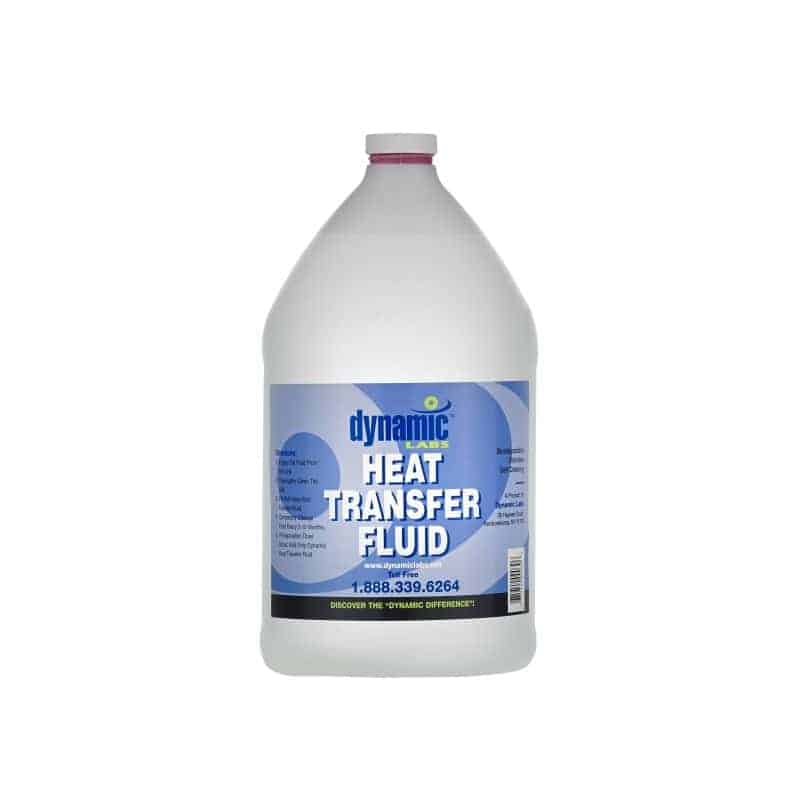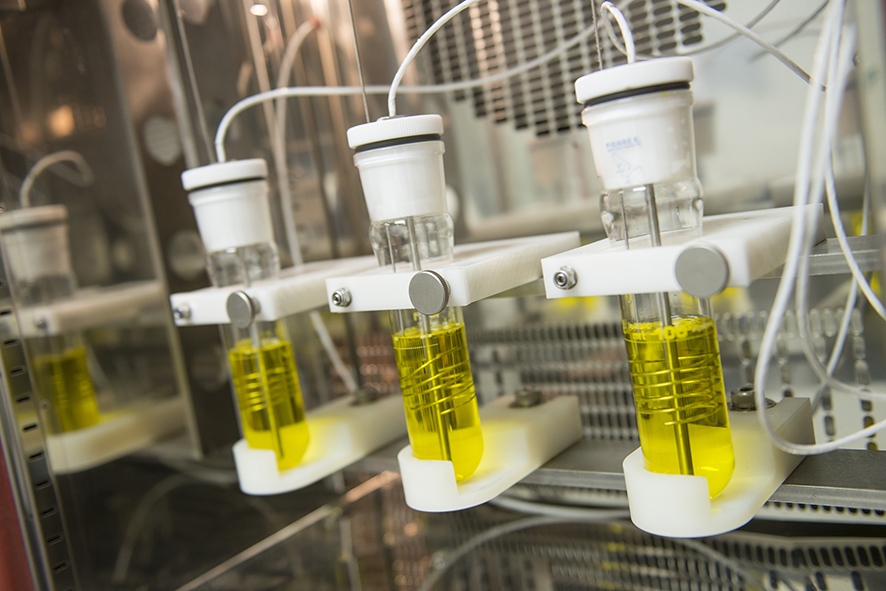A Comprehensive Overview to Heat Transfer Fluid for Solar Thermal Solutions
A Comprehensive Overview to Heat Transfer Fluid for Solar Thermal Solutions
Blog Article
Why Warmth Transfer Fluid Is Essential for Optimizing Power Transfer in Solution
The function of warmth transfer liquids in enhancing power transfer is pivotal for attaining effective thermal administration throughout different commercial industries. These fluids help with smooth heat exchange, ensuring processes run within optimum temperature varieties and minimizing the threat of overheating.
Duty in Thermal Administration
Warm transfer fluids play a crucial duty in thermal administration by efficiently managing temperature levels in various industrial processes and systems. These specialized liquids assist in the transfer of heat between various parts, ensuring optimum operating problems and preventing overheating. By maintaining accurate temperature control, heat transfer fluids enable markets such as chemical manufacturing, oil and gas, and power generation to operate safely and effectively.
The selection of a proper warm transfer liquid relies on numerous factors, consisting of thermal security, heat capacity, and thickness. High thermal stability ensures that the fluid can withstand extreme temperatures without deteriorating, while a high warm ability enables it to take in and release significant amounts of warm - heat transfer fluid. Reduced viscosity lowers the energy required for pumping, adding to general system efficiency
Furthermore, warm transfer liquids are important in applications like refrigeration, where they assist take in and dissipate warm throughout the cooling cycle. In solar thermal power systems, these liquids capture and transportation solar heat to create electrical power or supply warm water. Their versatility to varied operating problems and ability to preserve consistent thermal performance emphasize their importance in commercial thermal management, facilitating functional continuity and improving safety procedures.

Enhancing System Performance
To maximize the advantages of thermal administration, enhancing system effectiveness via the tactical use of warmth transfer fluids is paramount. By maintaining optimum temperature level levels, heat transfer liquids help ensure that systems operate within their designed parameters, thereby avoiding overheating and minimizing the danger of part failure.

Kinds of Warmth Transfer Fluids
The variety of warmth transfer liquids emphasizes their important duty in a variety of commercial applications, each customized to satisfy specific thermal management needs. These fluids facilitate reliable energy transfer and are chosen based on key residential properties such as thermal stability, thickness, and warmth capacity. The primary types include water, glycol solutions, oils, and synthetics, each offering distinctive advantages.
Water is the most typical heat transfer medium due to its high certain heat capacity and reduced cost. Mineral oils are preferred for their thermal stability and non-corrosive nature, making them suitable for high-temperature applications.

These fluids make certain superior efficiency in systems where typical liquids may fall short. The choice of a warm transfer fluid is essential, as it influences system performance, safety, and long life.
Environmental and Economic Perks
Using the best heat transfer fluids offers significant More hints environmental and financial benefits for commercial operations. By choosing fluids with superior thermal stability and high heat capacity, markets can enhance power efficiency, causing lowered fuel consumption and lower greenhouse gas exhausts. This adds to a smaller carbon footprint and aligns with international sustainability goals. Environmentally pleasant warmth transfer fluids, frequently biodegradable and non-toxic, reduce the threat of soil and water contamination in case of leakages or spills, thus safeguarding ecosystems and abiding by rigid ecological guidelines.
Financially, the ideal warm transfer fluid can considerably minimize operational prices. Liquids with extensive lifecycle efficiency lower the regularity of substitutes and maintenance, minimizing downtime and linked prices. In general, the calculated usage of optimal heat transfer liquids supports sustainable economic development and ecological stewardship.
Picking the Right Fluid
Just how does one browse the complex procedure of selecting the right heat transfer fluid for industrial applications? Thermal stability ensures the liquid can hold up against high temperatures without deteriorating, while compatibility prevents corrosion or various other destructive reactions with system elements.
Additionally, the fluid's heat ability and viscosity are paramount. A high heat ability enables the liquid to take in and transfer even more energy, enhancing efficiency. Optimal viscosity guarantees minimal pump check my reference job and effective heat transfer, especially in differing temperatures. Environmental and security facets ought to additionally be component of the decision-making procedure. Safe, biodegradable liquids lower ecological effect and abide by governing standards, lessening liability threats.
Verdict
The calculated option and application of warm transfer liquids are basic to optimizing energy transfer throughout numerous systems. By making sure high thermal stability and ability, these fluids offer accurate temperature control and improve overall system effectiveness. This optimization adds to decreased functional costs and reduced greenhouse gas discharges, thus advertising sustainability. The choice of fluid, customized to certain viscosity and operational demands, is crucial for making the most of efficiency and attaining economic and environmental advantages in industrial processes.
Report this page